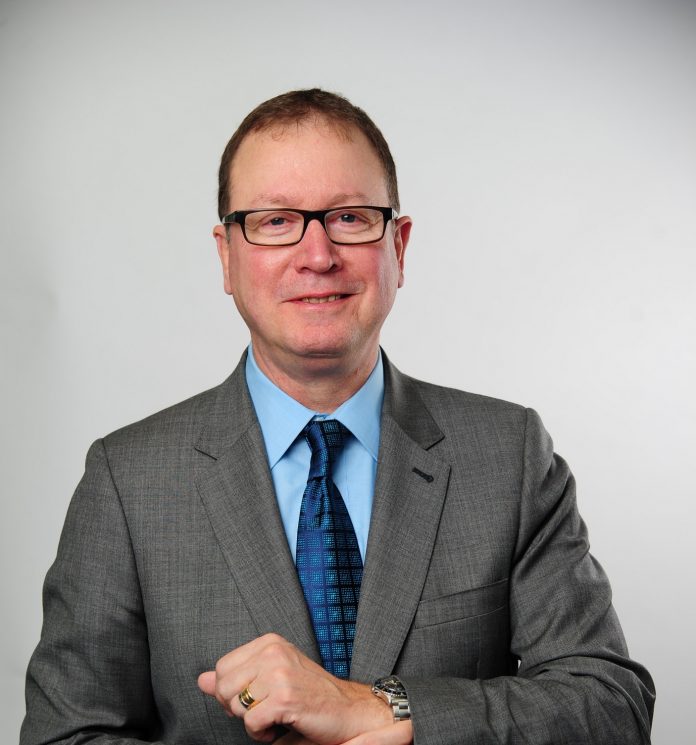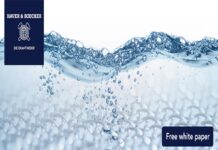In February of 2014 I wrote an article about One Water: uniting around a new water language for Water 21, the predecessor of The Source. In that article, I spoke about the trend in the water sector to reframe water language from technical jargon into consumer friendly language. This shift is helping to re-position the water sector from a complex civil engineering infrastructure network into consumer water utility systems that deliver municipal water services that benefits the community at large. This is all the more important since the users of water are evolving and converging. Population growth, urbanisation and climate change, among other factors, make water management one of the most significant challenges facing societies today. By eliminating stigmatising language and using widely understood language, we are able to create transparency between supplier and end user.
De-mystifying the water sector and translating the language to become more accessible to the consumer is a noteworthy yet very necessary trend. Municipal water departments and utilities are faced with a growing set of investment requirements to maintain and upgrade their systems so they need to create stronger connections with their consumers to rationalise and communicate rate increases to underwrite these improvements. Compared to other critical infrastructure systems, water infrastructure continues to be a very fragmented, multi-jurisdictional array of municipal drainage areas which are challenged to translate the end user value-add, economic advantages and quality of life benefits. We must overcome bias and blur the boundaries of water around the world by retreating from words that divide us to words that unite us.
After the positive reception of our Sustainable Cities Index (SCI), which measured sustainability of cities on the pillars of people, planet and profit, Arcadis wanted to launch a similar report around urban water sustainability. As we set out designing the Sustainable Cities Water Index, we acknowledged that, like the 2015 SCI, this Index would be referenced by NGO’s, mayor’s offices, industry, city officials, as well as water professionals. Therefore, we committed to continuing to simplify water language so that it would be more accessible to multiple audiences and stakeholders. Our goal was to streamline the water sector into large, user friendly catchments (pun intended) that fully captured the urban water profile. Each of the 50 cities included in this Index have distinctive water relationships that helped shape their urban character and define their commercial identity and competitiveness. In order to analyse their management of water and whether it is sustainable, this report breaks down water sustainability into three core elements: resiliency, efficiency and quality. These pillars of water sustainability must become the focus for city leaders, utilities and NGOs alike. If you would like more information on The Sustainable Cities Water Index, please visit www.arcadis.com/waterindex.
Mybet is an sports betting and casino website where you can place mybet betting and to play games click here for mybet or visit mybet mybet10.com
Conferences, particularly those of a global nature, help us to identify common threads and weave a worldwide network of water comprehension. In Brisbane at IWA’s World Water Congress, I expect to attend various technical sessions and workshops monitoring the advances in water science and technology. Additionally, I will be looking for confirming signs that the language of water is further evolving to more effectively connect the quality of life benefits of our complex water world with policy makers, city leaders, citizen groups and the greater public alike.
John Batten
Global Director of Water & Cities
Arcadis
Brought to you by









